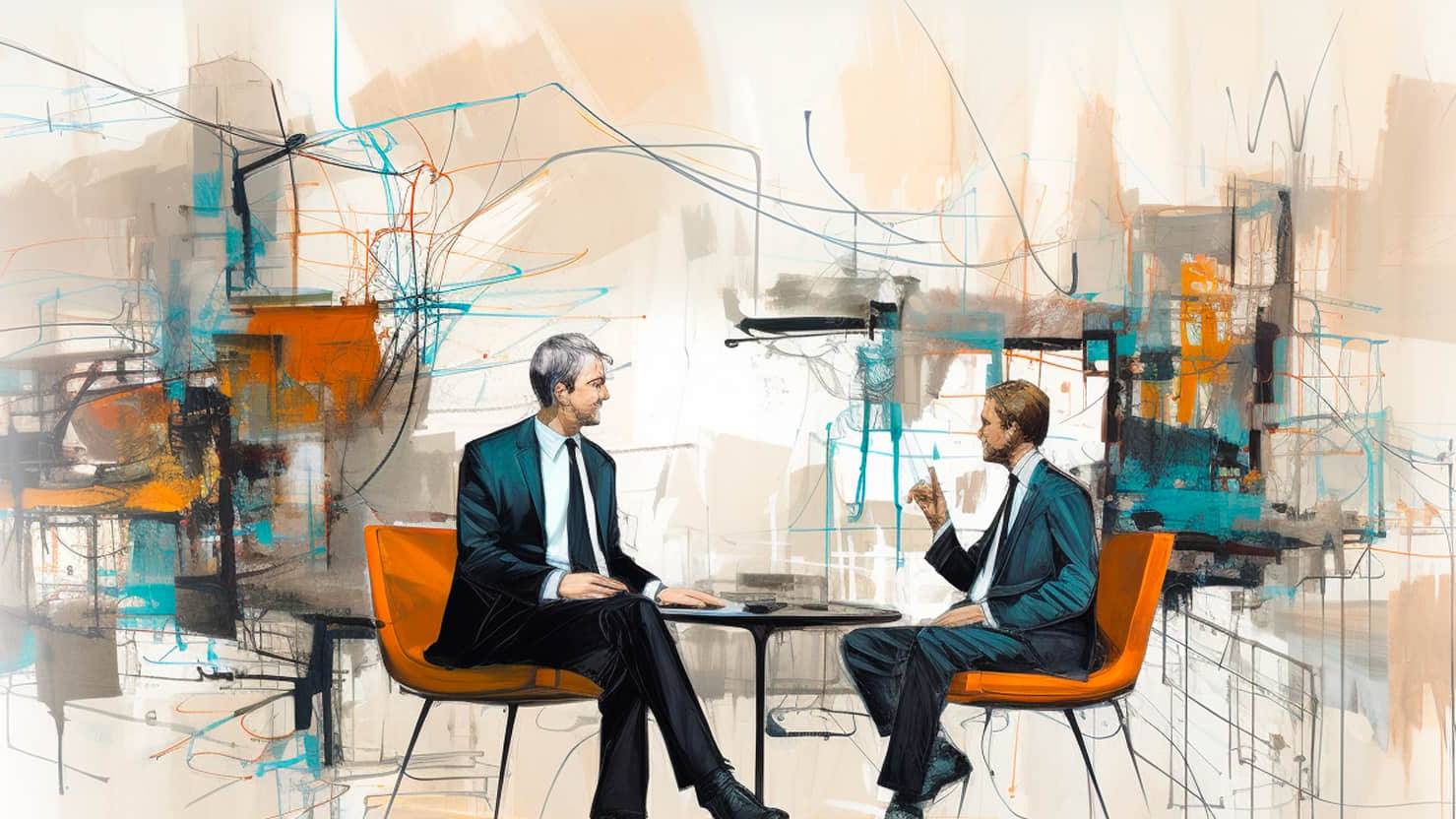Areas of Expertise
EXECUTIVE SEARCH
Our executive search practice focuses on senior executive, board and C-Suite searches. The world’s leading brands seek our counsel to build best-in-class leadership teams, to manage performance, and for succession planning.
LEADERSHIP DEVELOPMENT
Our broad portfolio of executive coaching & leadership development services pushes companies and teams to greatness, whether through 1:1 executive coaching or enterprise-wide leadership advisory. There actually is a silver bullet in business – it’s called great leadership.



